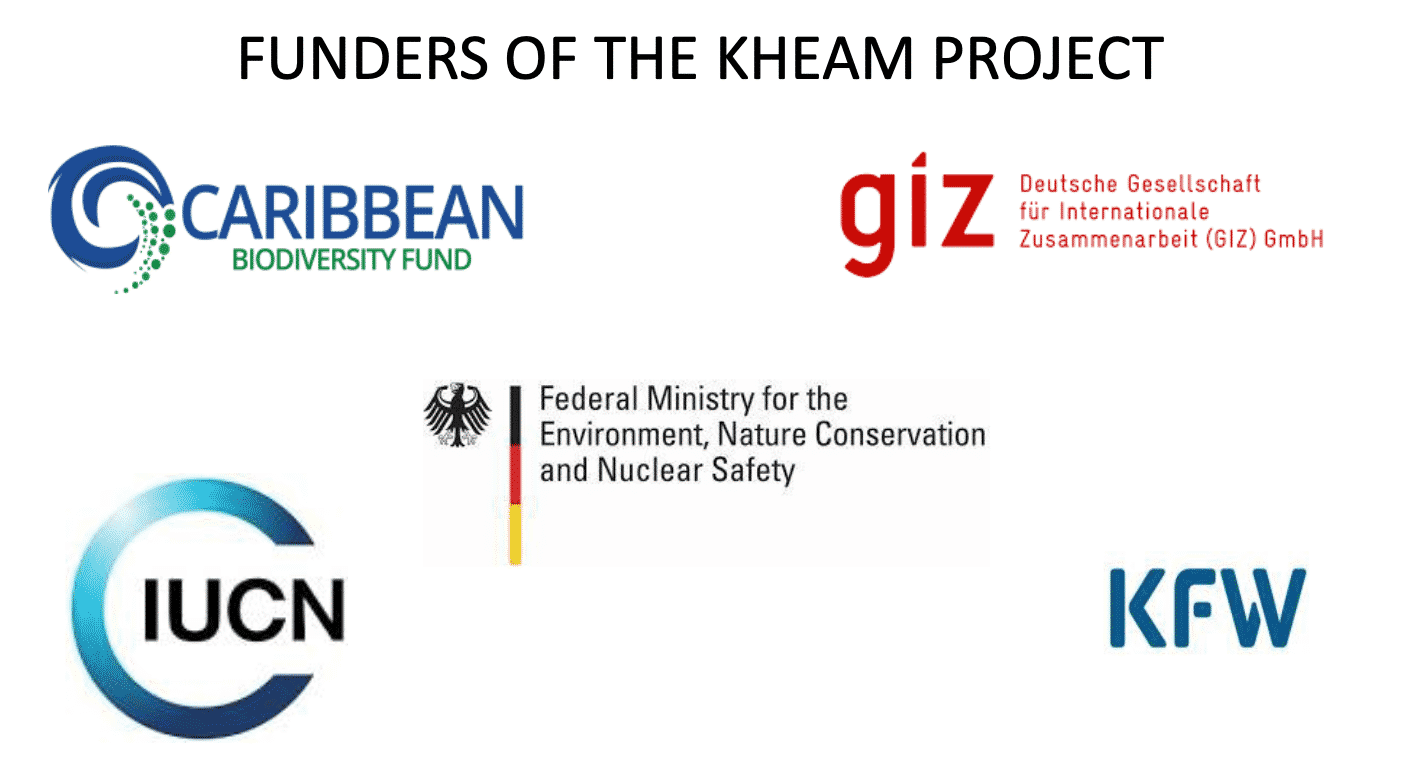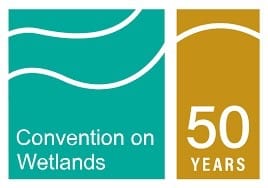Based on a Memorandum of Understanding between the Kingston Harbour Ecosystem Adaptation Measures Project (KHEAM) and the CMU’s Centre for Blue Economy and Innovation (CBEI), the main campus of the Caribbean Maritime University will be part of the Convention on Wetlands.
History
The Convention on Wetlands is the oldest of the modern global intergovernmental environmental agreements. The treaty was negotiated through the 1960s by countries and non – governmental organizations concerned about the increasing loss and degradation of wetland habitat for migratory waterbirds. Iran’s Game and Fish Department organized a conference at the Caspian seaside resort of Ramsar, Iran where the “Convention on Wetlands of International Importance especially as Waterfowl Habitat” was agreed by representatives of 18 nations. The Treaty was signed on 3 February 1971.
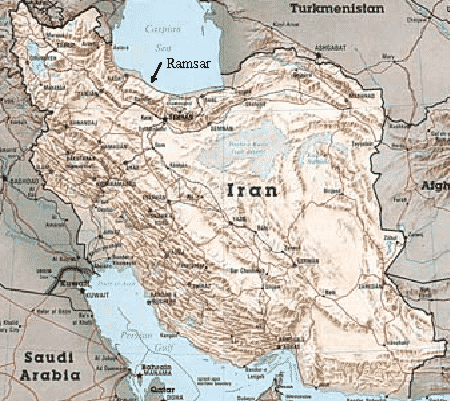
The Convention’s broad aims are to halt the worldwide loss of wetlands and to conserve, through wise use and management, those that remain. This requires international cooperation, policy making, capacity building and technology transfer.
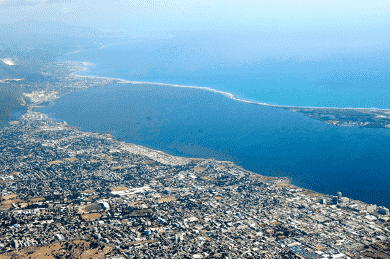
“The Convention’s mission is the conservation and wise use of all wetlands through local and national actions and international cooperation, as a contribution towards achieving sustainable development throughout the world”.
RAMSAR website
Contracting Parties
Registered Wetlands
Registered ha
The Convention on Wetlands is an intergovernmental treaty that provides the framework for national action and international cooperation for the conservation and wise use of wetlands and their resources. Based on the website of the Convention has 171 Contracting Parties and 2,430 Wetlands of International Importance. The total surface of designated sites is 254,620,630 ha.
RAMSAR Sites in Jamaica
Jamaica currently has 4 sites designated as Ramsar Sites, with a surface area of 37,847 hectares. The four Ramsar sites in Jamaica are the Black River Lower Morass in St Elizabeth, Portland Bight Wetlands and Cays covering parts of Clarendon and St Catherine, the Mason River Protected Area in Clarendon, and Palisadoes – Port Royal in Kingston.
RAMSAR Site Palisadoes – Port Royal in Kingston
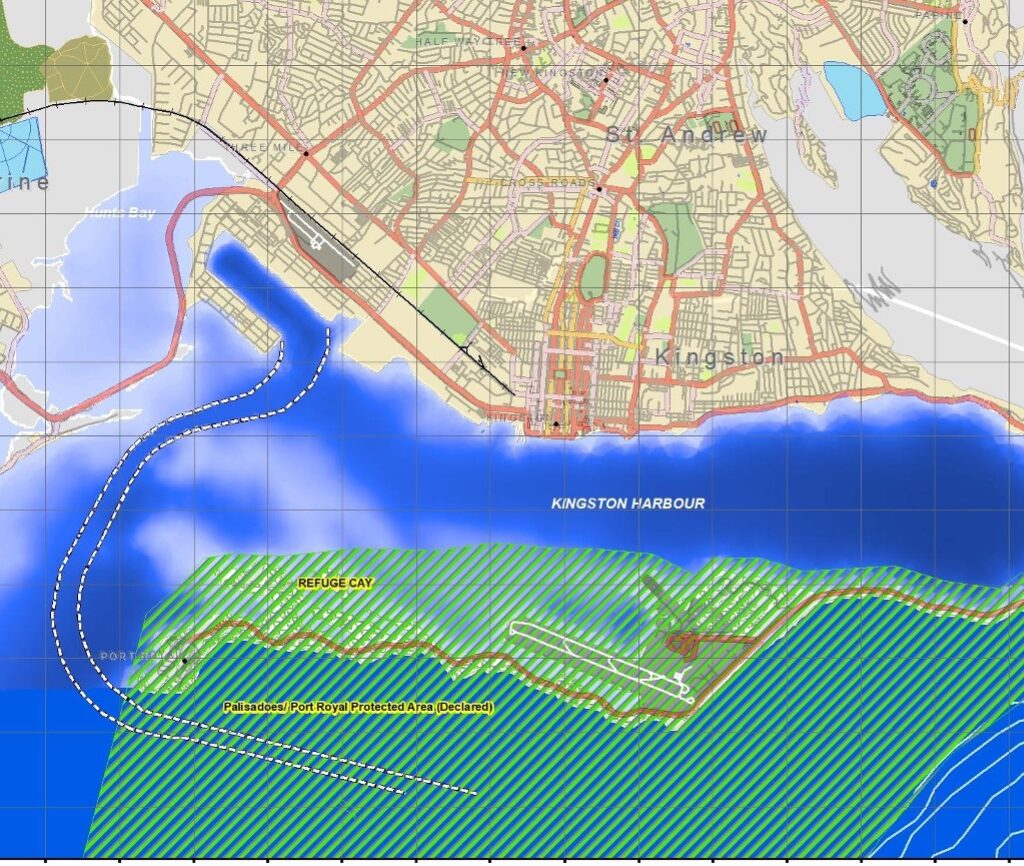
RAMSAR Site at the Caribbean Maritime University
The Caribbean Maritime University shares the passion and acknowledges the importance and conservation of not only our local wetlands but also those worldwide. As a university that focuses primarily on training for the maritime sector, it is important that we not only educate our students on the importance and conservation of these wetlands, but to also educate the public and share with them the power each individual holds in maintaining these delicate ecosystems.
Wetlands provide a habitat to many endemic species, while also directly and indirectly providing economic gain to surrounding residents who make a living by using its valuable resources.
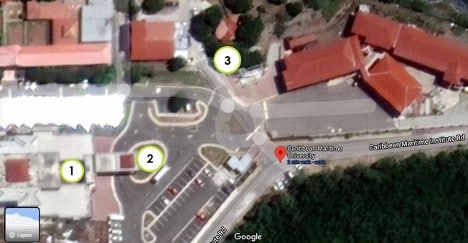
Proposed locations
Finally agreed location
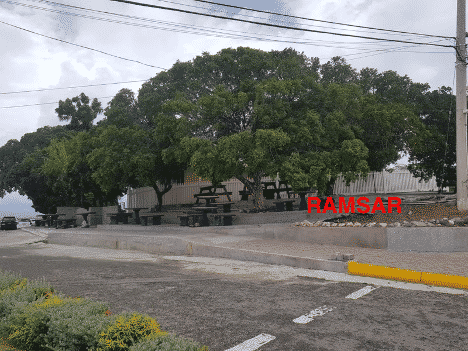
Content of the RAMSAR SIGNAGE at the Caribbean Maritime University
Palisadoes – Port Royal Protected Area
Site number: 1,454 Country: Jamaica Administrative region: Kingston
Area: 7,523 ha Designation date: 22-04-2005
Coordinates: 17°55’N 76°49’W
Located on the south-eastern coast just offshore from the capital Kingston, the site contains cays, shoals, mangrove lagoons, mangrove islands, coral reefs, seagrass beds and shallow water, thus hosting a variety of underrepresented wetland types.
Endangered and vulnerable species occurring in the area include:
American crocodile (Crocodylus acutus), Green turtle (Chelonia mydas), Hawksbill turtle (Eretmochelys imbricata), West Indian manatee (Trichechus manatus) and Bottlenose dolphin (Tursiops truncatus). To date, 26 endemic new species have been discovered in the area.
Historic and cultural values are very high, as the site includes forts on the dunes and part of the city of Port Royal, said to have been the largest city in the Americas, which sank in an earthquake in 1692 and is now a unique archaeological treasure.
This site, covering 7,523 Hectares, has been designated by the National Government of Jamaica for inclusion in the List of Wetlands of International Importance established under the Convention of Wetlands, the International Treaty signed in Ramsar (Iran) in 1971 to promote the conservation and sustainable use of Wetland Areas worldwide.
The protection and management of this site is under the responsibility of the National Environmental & Planning Agency (NEPA). Kindly see more information at http://www.nepa.gov.jm

In 1993 the organization became an autonomous body under the laws of Jamaica and within the Ministry of Public Utilities and Transport in accordance with the JMI Act of 1992. By 2001, the need for giving the Institute its present international flavour, content, size and structure was demonstrated by changing its name from Jamaica Maritime Institute to Caribbean Maritime Institute (CMI). To be consistent with the name change, the CMI established satellites in other Caribbean countries for the dissemination and delivery of its land-based programmes, having adapted its novel Blue Ocean Strategy.
Over the years, the Institute has extended its reach globally to become recognized as a Centre of Excellence for tertiary maritime and logistics education in the Caribbean, training professional seafarers and personnel in the shipping, logistics, and supply chain management sectors.
Kindly see more information at www.cmu.edu.jm.
